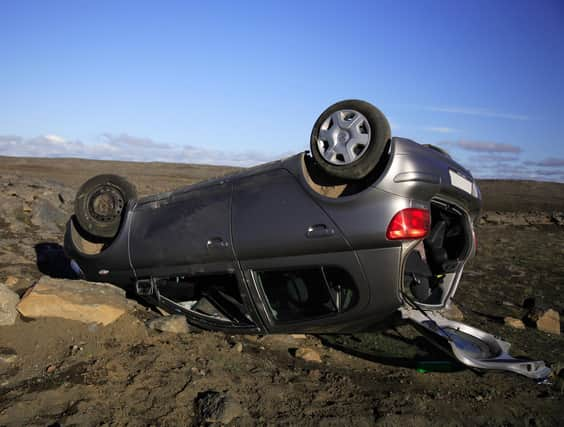Are footpaths, tracks and lanes public in England?


This month saw the case of the farmer acquitted for writing off a car, which was trespassing on his land, by unlawfully throwing it off of his land, onto a public highway, with a forklift truck.
Unlike this blatant case many people are unaware of where a footpath, track or land is public or not and we often get. Our starting point is the ‘Definitive Map’ held by the district council. If the right of way is on there, then that is legally a public right of way.
But there are other public rights of way that still exist. Firstly, land may separately be ‘open access land’ where you can walk freely – see Natural England’s website. Or there may be very old rights of way that have been lost somewhere in time.
Reading the signs
There may also be land over which the landowner has given express permission – usually by way of sign. That permission can then be withdrawn, at any time. It is a way of saying that there is no intention of this just being a public way used by right, but one used only by permission. That is important, because after 20 years of the public using a right of way, without complaint or permission of the landowner, the right can become a public one.
Challenging the rules
So what if the Definitive Map is then wrong? Under the Wildlife and Countryside Act 1981 you can apply to the council for it to be amended: either adding, deleting, upgrading or downgrading a route. This is a quite rigorous process and the evidence needs to be clear.
How can you prevent new rights of way being used for 20 years? Notices in relevant places making it clear there is no public access, regular locking of gates or carefully challenging users – with a record of the action taken. We would generally advise against the risk of extreme action with a forklift truck!
The easiest way, however is for a landowner to deposit a plan to the relevant council authority every 10 years (20 years if the last one was after October 2013) under s31(6) of the Highways Act 1980, showing which rights are there – and saying you do not intend to dedicate any more.
So what about ‘upgrading’ and ‘downgrading’? That is about the type of public right of way over private land, which could be:
Footpaths: for people (and dogs) only
Bridleways: like footpaths but including horse riding and bicycles
Restricted byways: any transport without a motor (mobility scooters and powered wheelchairs being allowed)
Byways open to all traffic: for any kind of transport, including cars.
Seek advice
If in doubt, check it out and contact James Lloyd at Wilkin Chapman for expert advice. For more details and how to contact them visit their website